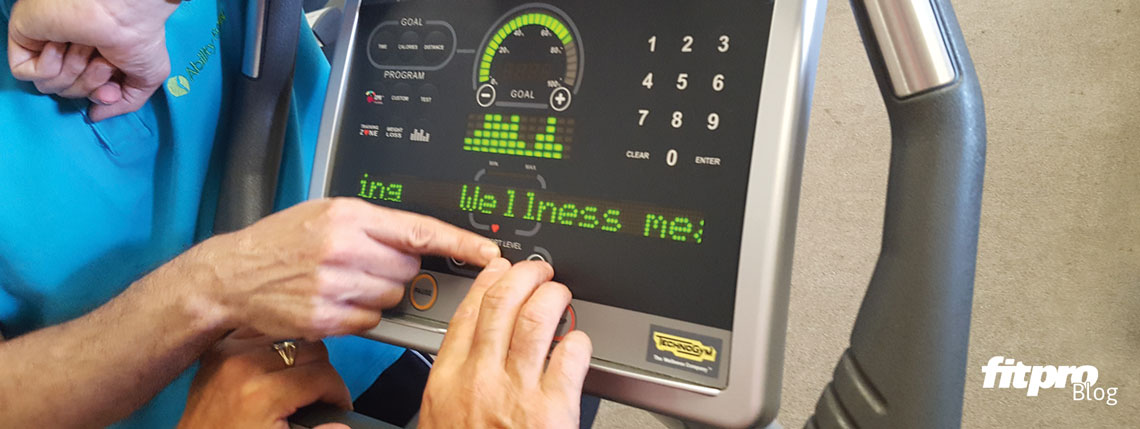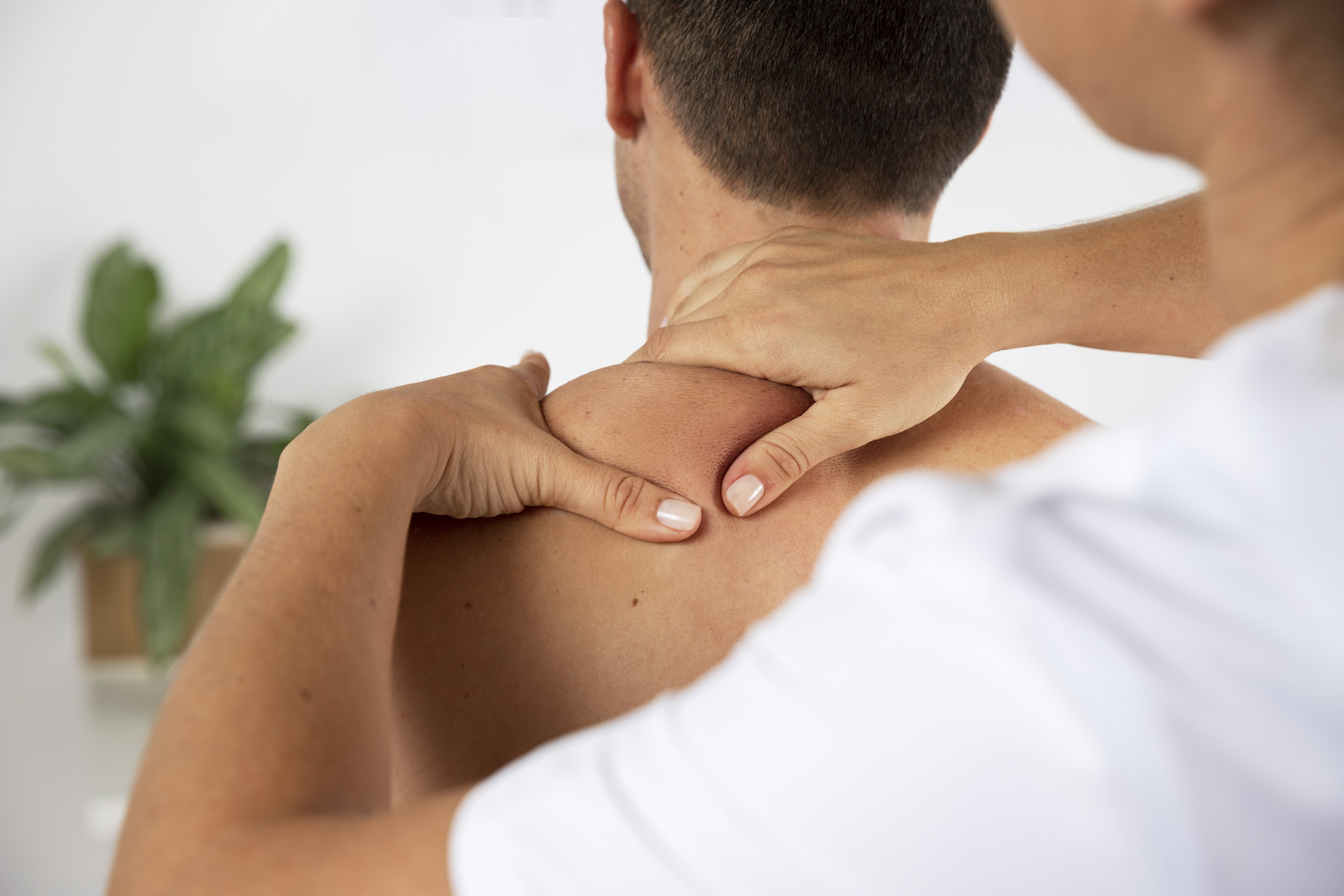This week, new research has been released detailing what gyms should be doing to help visually impaired gym users.
In the last issue of Fitpro magazine, we spoke to visually impaired fitness instructor, Michelle Felix, who reported on her experiences as a visually impaired gym user. Felix felt that, often, gym staff lacked awareness of visually impaired clients, and that classes had traditional structures. Visually impaired people (VIP) enjoy the health benefits of exercise and would like to be more physically active if possible.
A new report conducted by research charity, Rica, investigated the accessibility and ease of fitness equipment controls found on treadmills, exercise bikes, cross trainers and rowing machines. Calls for improvement included areas such as: much wider use of audio output and voice-over technology in fitness equipment; the use of wireless technology; the ability to increase font size on screens; tactile buttons; and high-contrast colours on LED consoles. The users also suggested lever controls and/or control buttons or handlebars. The research also reported that improvements should be made to layout, colour use and lighting in leisure centres. It would appear that those involved in the survey would seem to agree with Felix with regards to there not being enough trained staff to assist VIP gym goers in using equipment.
Felix commented on the research by saying, “The rise of the touch screen on fitness equipment has led to a step backwards in the accessibility of gym cardio machines for visually impaired clients. As manufacturers move away from tactile buttons, independence of operating cardio machines is reduced.”
MBE Roy Smith, director of sports development at Metro Blind Sport, was keen to highlight developments in other industries, “New voice assistants such as Amazon Echo and Google Home have opened up a fantastic new world of possibilities for visually impaired people. The challenge now is for gyms, leisure centres and the fitness industry to provide audio and screen magnification on new gym equipment so more VIPs like me, as well as older people, can have better access and can use the equipment independently,” concludes Smith.
A full copy of the research report, Inclusive Fitness Equipment for People with a Visual Impairment, is available at: http://bit.ly/Inclusivefitnessvips
Rica, the consumer research charity that works with older and disabled people, conducted the research along with two charities: The Thomas Pocklington Trust and Metro Blind Sport. The project involved user experience testing of equipment by 20 blind and partially sighted people, followed by feedback from three focus groups and 20 individual interviews (between July and September 2017).







